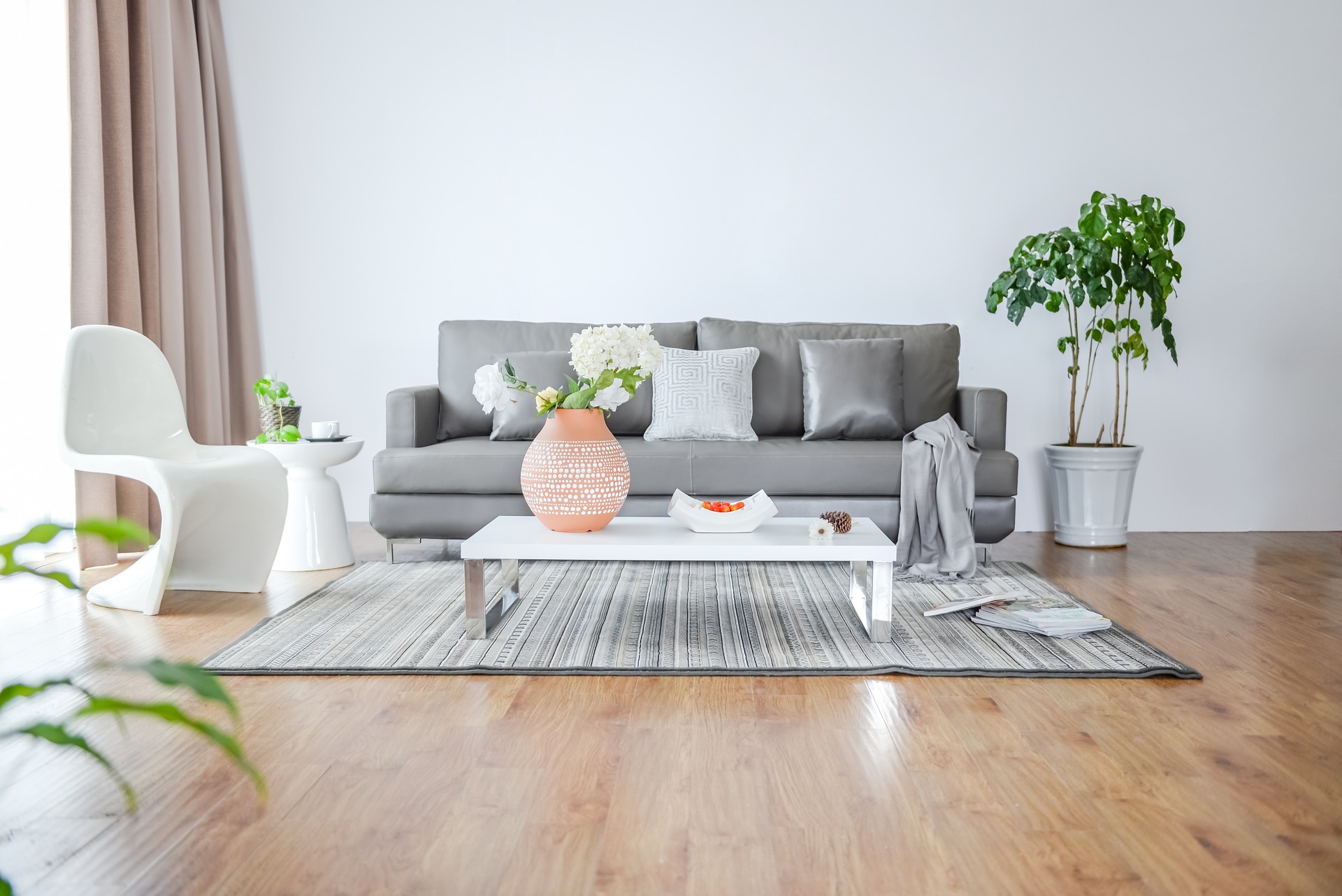The Art of Layering Textures in Living Room Design
Living rooms serve as the heart of many homes, providing a space for relaxation, entertainment, and social gatherings. One of the most effective ways to create a visually interesting and inviting living room is through the strategic use of texture layering. This design technique involves combining various tactile elements to add depth, warmth, and visual intrigue to a space. By carefully selecting and arranging different textures, homeowners can transform a plain, uninspired living room into a rich, multidimensional environment that engages the senses and reflects their personal style. The art of texture layering goes beyond mere aesthetics; it can significantly impact the overall ambiance and functionality of a living space, influencing everything from comfort levels to acoustic properties.
The Psychology of Texture in Interior Design
Texture plays a crucial role in how we perceive and interact with our environment. In interior design, textures can evoke specific emotions and sensations, affecting our mood and behavior within a space. Smooth surfaces, for instance, tend to create a sense of calm and modernity, while rough textures can add warmth and rustic charm. The psychological impact of texture is deeply rooted in our evolutionary history, where different textures signaled various levels of safety or danger.
In living room design, understanding the psychological effects of texture can help create spaces that promote relaxation, stimulation, or a balance of both. Soft, plush textures like velvet or shag carpets can create a cozy, comforting atmosphere, ideal for unwinding after a long day. Conversely, sleek, glossy surfaces might evoke a sense of sophistication and cleanliness, perfect for a more formal living area.
Balancing Visual and Tactile Textures
When layering textures in a living room, it’s essential to consider both visual and tactile elements. Visual texture refers to the appearance of texture that can be perceived by the eye but not necessarily felt, such as a patterned wallpaper or a painted faux finish. Tactile texture, on the other hand, is the physical feel of a surface, like the nubby weave of a linen sofa or the smooth coolness of a marble coffee table.
A well-designed living room should incorporate a balance of both visual and tactile textures to create a rich, multisensory experience. This balance prevents the space from feeling flat or overwhelming. For example, pairing a visually textured wallpaper with tactile elements like a chunky knit throw or a rough-hewn wooden side table can create a harmonious and interesting composition.
Layering Textures Through Furniture Selection
Furniture selection provides an excellent opportunity to introduce a variety of textures into a living room. When choosing pieces, consider not only their style and function but also their textural qualities. A leather armchair, for instance, offers a smooth, cool surface that contrasts beautifully with a soft, woven fabric sofa. Similarly, a glass-topped coffee table can provide a sleek counterpoint to a plush area rug.
Mixing furniture materials is key to creating a layered, textural look. Wood, metal, glass, stone, and upholstered pieces can all coexist harmoniously when thoughtfully combined. The key is to strike a balance between complementary and contrasting textures to avoid a chaotic or disjointed appearance.
The Role of Textiles in Texture Layering
Textiles are perhaps the most versatile and accessible way to introduce texture into a living room. Throw pillows, curtains, rugs, and blankets offer endless possibilities for layering different textures and can be easily changed to refresh the room’s look seasonally or as tastes evolve.
When selecting textiles, consider mixing different weaves, patterns, and materials. A smooth silk pillow can provide a luxurious contrast to a chunky wool throw, while a jute rug can add natural texture beneath a velvet sofa. Layering different textile textures not only adds visual interest but also enhances the tactile experience of the space, making it more inviting and comfortable.
Incorporating Natural Textures for Organic Appeal
Natural textures can bring a sense of warmth and organic beauty to a living room, helping to create a connection with the outdoors. Materials like wood, stone, rattan, and plants offer a wide range of textures that can add depth and interest to the space.
A reclaimed wood accent wall, for example, can provide a rustic backdrop for smoother, more refined furniture pieces. Likewise, incorporating plants of varying sizes and leaf textures can add life and natural texture to the room. Stone elements, such as a slate fireplace surround or a marble side table, can introduce cool, smooth textures that contrast beautifully with softer furnishings.
The Impact of Lighting on Texture Perception
Lighting plays a crucial role in how textures are perceived within a living room. Different lighting techniques can enhance or diminish textural elements, dramatically altering the mood and appearance of the space. Directional lighting, such as track lights or picture lights, can highlight specific textural features, casting shadows that emphasize depth and dimension.
Conversely, diffuse lighting from sources like frosted glass pendants or fabric shades can soften textures, creating a more subdued ambiance. When planning texture layering in a living room, it’s important to consider how natural and artificial light will interact with various surfaces throughout the day and evening.
Texture Layering in Small Living Spaces
In small living rooms, texture layering can be particularly effective in creating the illusion of space and preventing the room from feeling cramped or bland. However, it’s crucial to approach texture layering with restraint in compact areas to avoid overwhelming the space.
One effective strategy is to focus on a few key textural elements rather than trying to incorporate too many different textures. For example, a small living room might feature a textured accent wall, a plush area rug, and a mix of smooth and textured throw pillows, keeping the rest of the surfaces relatively simple. This approach adds interest and depth without cluttering the visual landscape of the room.
Maintaining Cohesion in Texture Layering
While texture layering is about creating contrast and interest, it’s essential to maintain a sense of cohesion in the overall design. This can be achieved by repeating certain textures or materials throughout the space, creating a visual thread that ties the room together.
Color can also play a role in unifying different textures. Using a consistent color palette across various textured elements can help create a harmonious look, even when combining disparate materials. Additionally, considering the scale of different textures and how they relate to each other can help ensure a balanced and cohesive appearance.
In conclusion, the art of layering textures in living room design offers a powerful tool for creating richly layered, inviting spaces that engage the senses and reflect personal style. By thoughtfully combining various textures through furniture, textiles, natural elements, and lighting, homeowners can transform their living rooms into dynamic, multidimensional environments that are both visually stunning and comfortably livable. As with any design technique, the key to successful texture layering lies in finding the right balance – creating interest without chaos, and depth without overwhelming the space.







